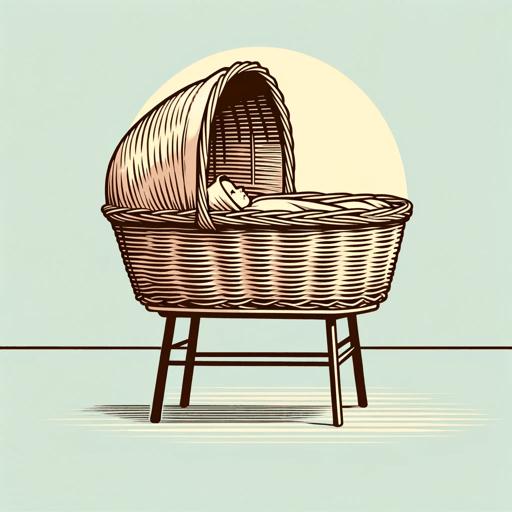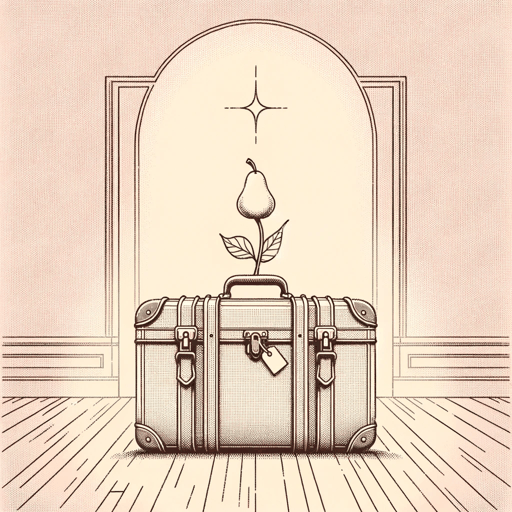61 pages • 2 hours read
Terry PratchettThe Color of Magic
Fiction | Novel | Adult | Published in 1983A modern alternative to SparkNotes and CliffsNotes, SuperSummary offers high-quality Study Guides with detailed chapter summaries and analysis of major themes, characters, and more.
Important Quotes
“There was, for example, the theory that A’Tuin had come from nowhere and would continue at a uniform crawl, or steady gait, into nowhere, for all time. This theory was popular among academics.
An alternative, favored by those of a religious persuasion, was that A’Tuin was crawling from the Birthplace to the Time of Mating, as were all the stars in the sky which were, obviously, also carried by giant turtles. When they arrived they would briefly and passionately mate, for the first and only time, and from that fiery union new turtles would be born to carry a new pattern of worlds. This was known as the Big Bang hypothesis.”
(Part 1, Prologue, Page 4)
Pratchett here is playing with the two competing Roundworld (real-life) theories of the creation of the universe. One is the Steady State theory which states that the universe has neither beginning nor end and that matter is continually created so that the universe maintains a steady state. The Big Bang is obviously a play on the Roundworld theory that the universe began in an abrupt expansion or explosion.
In the sequel to The Color of Magic, The Light Fantastic, we learn that the truth is somewhere in the middle. Sometime in the incalculable past, Great A’Tuin laid her eggs near a red star, and she is returning to collect the hatchlings. The spell in Rincewind’s head is the key that causes the eggs to hatch, each with their own four tiny (relatively speaking) elephant calves and little Discworlds on their backs.
“[T]wo figures were watching [the burning of Ankh-Morpork] with considerable interest.
The taller of the pair was chewing on a chicken leg and leaning on a sword that was only marginally shorter than the average man. If it wasn’t for the air of wary intelligence about him it might have been supposed that he was a barbarian from the Hubland wastes.
His partner was much shorter and wrapped from head to toe in a brown cloak. Later, when he has occasion to move, it will be seen that he moves lightly, catlike.”
(Part 1, Pages 7-8)
These two are Bravd the Hublander and The Weasel. They are based on Fafhrd and the Gray Mouser, a pair of adventurers created by Fritz Leiber. Leiber’s characters appeared in a series of sword and sorcery stories and novelettes which were eventually collected into books. The collections form a picaresque style of novel in which a
Related Titles
By Terry Pratchett

Discworld
Terry Pratchett

Dodger
Terry Pratchett

Good Omens: The Nice and Accurate Prophecies of Agnes Nutter, Witch
Neil Gaiman, Terry Pratchett

Monstrous Regiment
Terry Pratchett

Mort
Terry Pratchett

Nation
Terry Pratchett

Small Gods
Terry Pratchett

The Amazing Maurice and His Educated Rodents
Terry Pratchett

The Wee Free Men
Terry Pratchett

Thief of Time
Terry Pratchett

